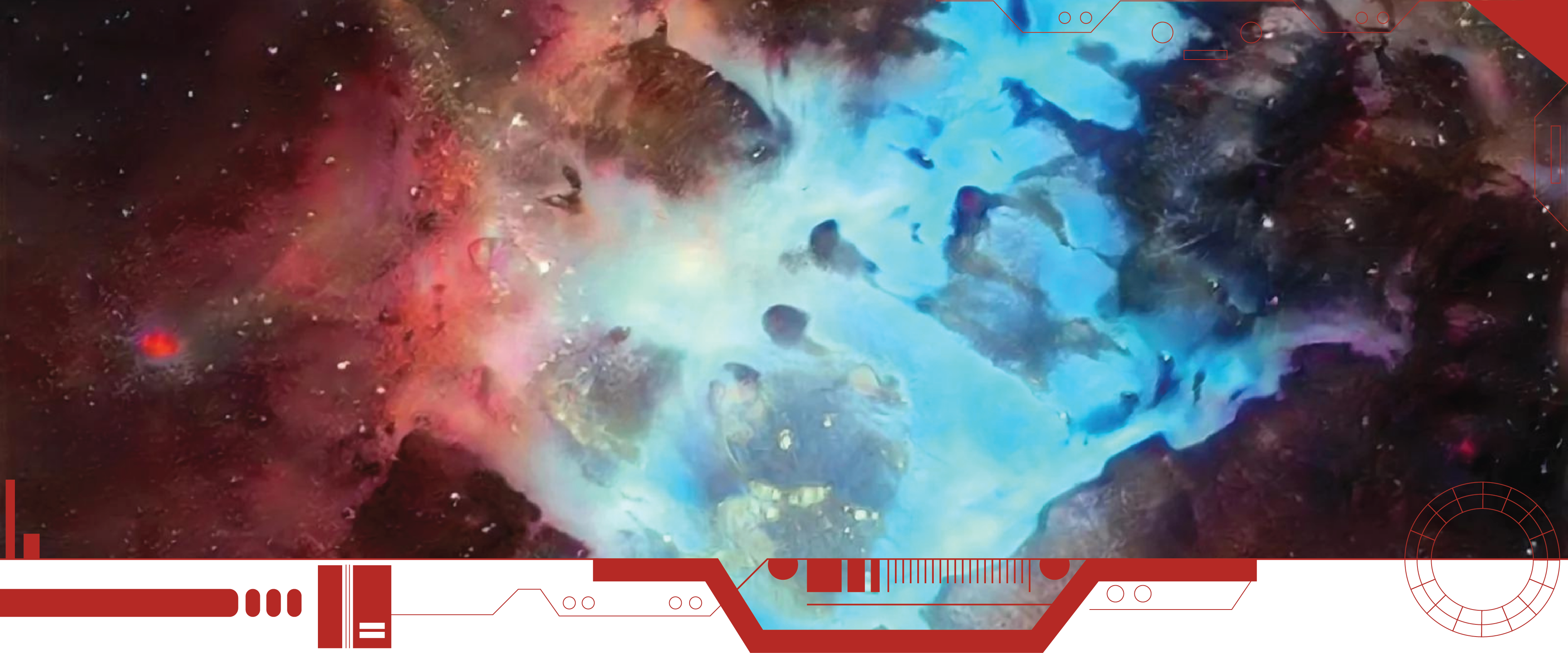Sycian Code
What is now called the Sycian Code after Sycia Sanghvi originated from the slowly growing revolt needing a way to communicate. Although the revolt happened after the Core Senate made the decision to fire the EMPs that crippled the Cluster, not all technology on Strana was destroyed. While some communications equipment was destroyed, others remained active and the fledgling rebellion was afraid of communications being hacked.
Instead of relying on technology, the revolt went to more ancient methods. Using a combination of symbols and specific marks along the edges of buildings, bricks, or other parts of terrain with hard edges, they managed to construct a secret language that allowed them to communicate briefly between different members of the revolt.
There are three major parts to the code: symbol, time, and description. These three parts are detailed as such in the next three sections of information.
Code Symbols
These are some of the main examples of symbols from the code that were used for commucation between members of the revolt. There are several more symbols that historians have documented in the years since the revolt. For the large part, these symbols were the eye-catching part of the code and were displayed larger than other parts of the code.- Double S: Generally used for recruitment messages. This symbol became widely recognized by the slave population during the revolt and still sometimes appears on buildings in slave occupied areas.
- Diamond with X: This was a warning to be cautious in whatever it was found in, usually because it was a dangerous area to be active as a rebel in.
- Circle with Downward Arrow: Indicated that there was a safe place nearby.
- Circle with Plus: This symbol indicated that a meeting was being organized to either plan an action or discuss details about the revolt
- Three Downward Facing Chevrons: This was for when an action was going to happen against the then ruling class of Strana.
- Open Top Square with Squiggle Inside: Perhaps one of the most used because the double S, this one indicated a drop point where large amounts of information, money, or supplies could be placed to be picked up by another part of the revolt.
Code Time
The time for when an action was going to happen or when it was best to approach a safehouse would often accompany a symbol near to it. Most often this time was simply the number of the hour with either an upward or downward arrow behind it, indicating whether it was in the morning or the evening. While usually underneath it, the time could be placed anywhere near the symbol.Code Description
When more information was needed to be shared, a system of markings was developed. These markings would be scrawled along the edges of buildings or other objects, which would half-shield them from prying eyes as the random pattern of them would only make sense when viewed from the proper angle. Each marking corresponded to specific letters and could be placed along a line of some kind in the vicinity of where the symbol and time was being left. In order to keep from being noticed, these markings were left in close proximity but not necessarily close enough to be categorized as together. Above is a list of the different markings as given to a historian by a survivor of the revolt. Usually these descriptions would have all of the details of where an action was happening but sometimes it would not. Out of fear of their communication being deciphered, sometimes code left would give only half of the information in one spot and other rest in another spot. Alternatively, sometimes it would give the town, date, and time but not the location. It would be up to the member of the revolt to respond to the code, go to the town around the date and time and find another code that would give the location they needed to be at.Credits: Sycian Code was inspired by the Hobo Code and the ancient Irish alphabet of Ogham. Image of the building in the code example was generated using Artbreeder. Examples of the symbols and the description markers were created by Terion.
Example of Sycian Code found on a building in Frey during 3230 AFT after the revolt ended. All pieces combined together read Action in Kald at 7 in the morning at the big house. Historians assume that this is one of the notes that organized the raid that led to the destruction of Camden Harcrow's home.





Comments